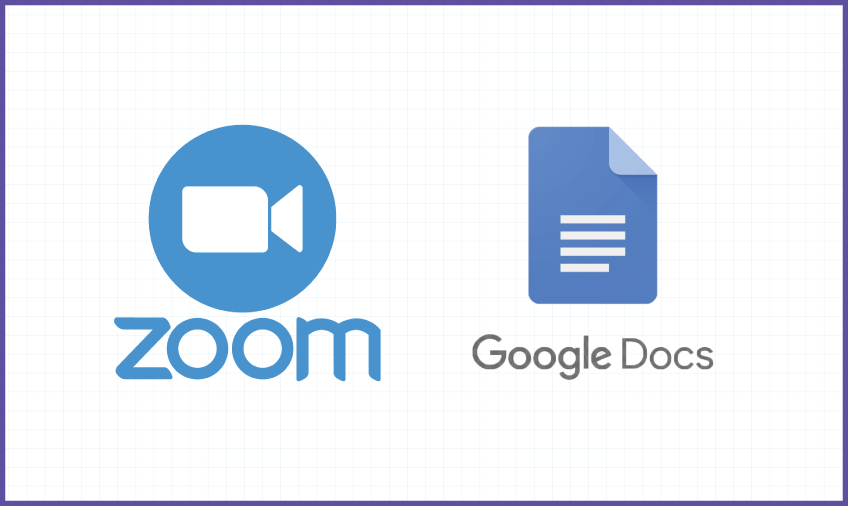
When making preparation for SEP’s shift to working from home during COVID-19, we knew we didn’t want to lose momentum on our recruiting. We get to talk to lots of great candidates, and putting them on pause for a month (or potentially several months) seemed like a decision that would lead to us missing opportunities. So, we sat down and looked at how we could continue to move our candidates along when everyone is remote.
What to Tackle First? On-Site Interviews
Due to the season this happened in, the immediate focus of this was taking a look at our on-site interviews that serve as one of the later steps in our process. How could we adapt these to our new reality? What can we do to still provide as good an experience as we can for the candidate, while making sure we learn what we need to learn about the candidate?
For some context, here is what our usual on-site engineering interview looks like:
- Tour of the office
- Whiteboard skills assessment
- Break for lunch, give the candidate a chance to ask us more questions
- Give the candidate a chance to talk off-the-record to someone from a demographic they pick (role they fill at SEP, whether they came to SEP as first or second job, what school they went to, how long they’ve been at SEP, etc)
- Finishing out the whiteboard scenarios if needed
- Benefits and next steps talk with HR
Some of these are obviously a bit different when you’re not in person. Some of them are tough to do at all. So how did we adapt?
Changing the Playbook
First, we took a look at what we needed to accomplish as part of the interviewers sitting down with the candidate in one sitting, versus what could be split apart. So what did we split out?
- Tour -> replaced with sending video tour of the office ahead of the interview. Obviously, not as ideal as walking someone through and answering their questions, but at least gives them an idea of what our office environment is like.
- Demographic talk -> handled as a follow-up discussion with just the candidate and their pick, with the interview lead acting as the connector
- Benefits and next steps talk -> handled as a follow-up discussion with just candidate and HR manager
For the rest, we put together an agenda for a Zoom meeting, to try to make sure we cover the rest of what we try to accomplish in the in-person interview. It looks like this:
- Intros and set expectations for the remote interview experience
- Ideal Job discussion (slight get to know them + normally what we “answer” during lunch)
- Board Activity Part 1 (we’ve been using simple Google docs for these. While more purpose-built tools exist, we’ve found they cause interviewers and candidates to focus too much on code syntax when we’re trying to see more how they think about the problem)
- Break (bio-break, refresh your drinks, stretch)
- Board Activity Part 2 (call it when you’ve seen enough, timebox where within reason to keep from dragging on, dive deeper where interested)
- Additional Q and A? (getting to know them…they may have more questions)
- Wrapping up / demographic ask to find the person
Prepping Before the Interview
When we schedule the interview with the candidate, we also send some suggestions for them on how to prepare for a remote interview. Things such as getting their physical environment set up, making sure they have some hydration on hand, and coming prepared with questions. We also give them the option to delay their interview until we’re back in the office, if they’d prefer. We know not everyone is prepared to interview remotely.
In addition, we put together some training for our interviewers, to help make them more comfortable in doing interviews this way. How things are different from our end, what tools they should practice with, and getting their own environment set up.
Also, after each interview, we solicit feedback from the interviewers on how the process can continue to be improved. We’ve also asked several candidates for their feedback on the process as well.
What Next?
Switching up our in-person on-site interviews was just the first step. Now we’re looking into how to effectively attend remote career fairs, provide opportunities for students to get to know us via remote info sessions, and potentially handling our usual on-campus interviews in the fall in a remote fashion.
Bonus: “Great” ideas we thought of and threw away
Idea: Why don’t we just have lunch with the candidate via Zoom?
Why not: Some of our interviewers had other lunch conversations via Zoom and discovered they were extremely self-conscious about being on camera while eating. We expected some (many?) candidates would likely feel the same, so abandoned this idea.
Idea: Why don’t we just do it all as a single session? Surely, scheduling a single time with the candidate is easier on them than finding time for the separate sessions afterwards?
Why not: We’re already spending several hours with the candidate on Zoom. We’ve all seen the fatigue that comes from being in online meetings for too long. Breaking things up a bit gives the candidate a chance to pause and recharge. And from our side, since we don’t know what demographic a candidate will pick to talk to, breaking things up gives us a chance to find a better match instead of being limited to who seems to be available at the moment.